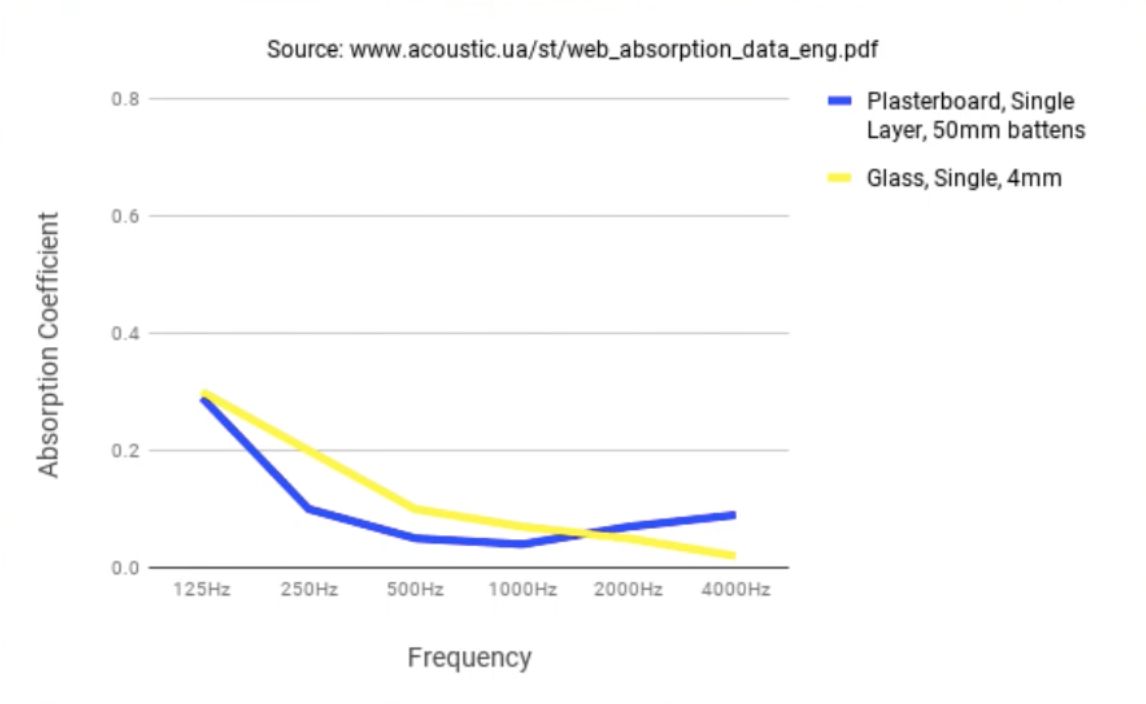@Sloop John B, regarding having undriven speakers standing idle and affecting the sound. There is a contribution to what is heard, there has to be! The idle bass driver will be modulated by the varying sound pressure in room in the same way you can feel vibration in a window pane, coffee table etc. A speaker driver is essentially the same as a microphone which when modulated produces an electrical output which will charge up the caps in the crossover and release that energy out of step with the music.
The good news is:
Don't worry about it. 
For peace of mind as was mentioned you can short out the speaker terminals, the dynamic damping will mitigate any deleterious output. An interesting experiment is to take a loose speaker and wobble the cone in and out by grasping it gently between the fingers on either side of the frame, then short out the terminals and try again, a distinct reluctance to move will be felt. The bigger and more sensitive the driver the bigger the effect which will show on a multi-meter set to AC Volts.
My guess is the acoustics of your average home listening room will have a greater detrimental impact on the sound than a second pair of speakers.
Agreeing with the above I consider this a non-issue.
To address the choice of position 'A' or 'B' well it depends. You having not mentioned any room treatment I will assume you have little to none.
Position A: represents a very asymmetrical layout. The wall on your right hand side is close to your listening position (LP) so direct and indirect sound will reach your ears too close together causing loss of detail and some smearing like a lens out of focus. This wall would need lots of broad-band absorption to avoid the damage of strong early reflections.
Position B: represents a nice symmetrical layout and will be easier to treat acoustically and should provide a very good sound-stage with precise imaging. Having said that, I think too much is made of pin-point imaging, a phenomenon which does not happen in real life.
Position C: for consideration. If we take the line of the black arrows in
A as North and South and assuming, once again, that the yellow square is your LP, a set up that can work is to move one speaker to the N wall and the other to the E wall placed equidistant from the truncated NE corner.
I'm in SW Limerick and occasionally travel to Dublin and could, if you wish, bring along my Omnimic measurement system. I ordered a replacement impulse disc months ago but has not arrived so need to order another.


